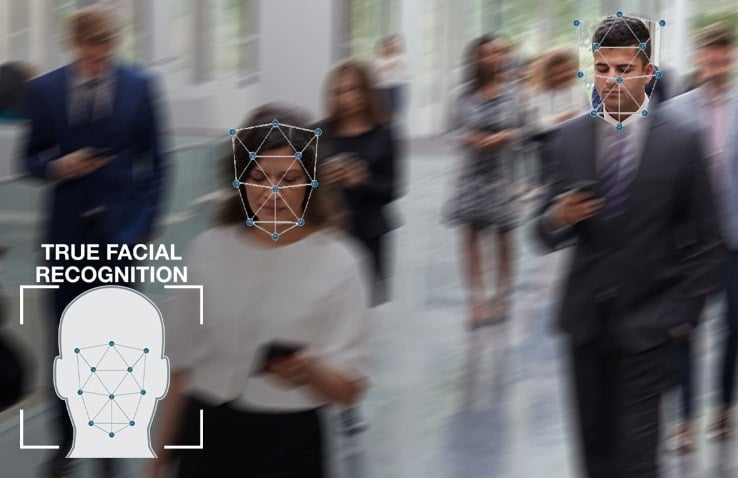|
Introduction: Smart cities embody the fusion of technology, innovation, and sustainability to reimagine urban life. These intelligent cities leverage cutting-edge technologies to enhance the quality of life for residents, improve resource efficiency, and foster economic growth. In this article, we will explore the various facets of smart cities and how technology is revolutionizing urban landscapes. Connected Infrastructure: At the core of smart cities lies a robust network of interconnected infrastructure. With the Internet of Things (IoT) and advanced sensors, every aspect of urban life becomes part of a vast, integrated system. From smart grid systems that optimize energy consumption to intelligent transportation systems that alleviate traffic congestion, connected infrastructure forms the backbone of a truly smart city. Sustainable Resource Management: Smart cities prioritize sustainable resource management by leveraging technology. For instance, sensor networks monitor environmental conditions, allowing for efficient waste management and reduced energy consumption. Advanced wastewater treatment systems promote water conservation, while smart lighting systems use adaptive controls to reduce energy wastage. By optimizing resource utilization, smart cities strive towards a greener, more sustainable future. Enhanced Mobility: In smart cities, transportation is reinvented with technology at its heart. Intelligent traffic management systems employ real-time data and predictive analytics to optimize traffic flow, reduce commute times, and minimize congestion. Additionally, connected public transportation systems facilitate seamless mobility, integrating buses, trains, and other modes of transit for efficient travel experiences. Citizen Engagement: Smart cities foster active citizen participation and engagement through digital platforms. Online portals provide easy access to government services, enabling citizens to interact with authorities, report issues, and receive updates. Furthermore, data-driven governance empowers citizens by incorporating their feedback into decision-making processes, ensuring a more inclusive and responsive administration. Improved Quality of Life: The ultimate goal of smart cities is to enhance the quality of life for residents. Technology-driven solutions such as smart healthcare systems enable remote patient monitoring, personalized medical care, and efficient healthcare delivery. Smart buildings equipped with automation and energy management systems provide comfort and convenience while reducing environmental impact. By leveraging technology, smart cities aim to create an environment where citizens can thrive. Conclusion: Smart cities represent the convergence of technology and urban development, offering immense potential to address pressing urban challenges. From connected infrastructure to sustainable resource management, enhanced mobility, citizen engagement, and improved quality of life, technology is transforming cities into vibrant, efficient, and livable spaces. As we continue to embrace innovation, smart cities will play a pivotal role in shaping the future of urban living, making our cities smarter, greener, and more sustainable.  |
